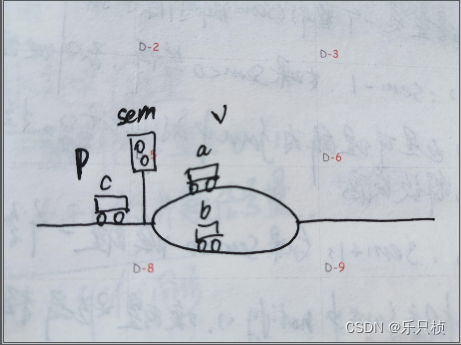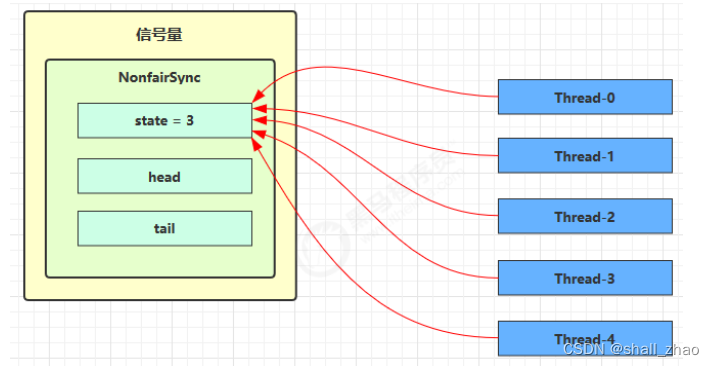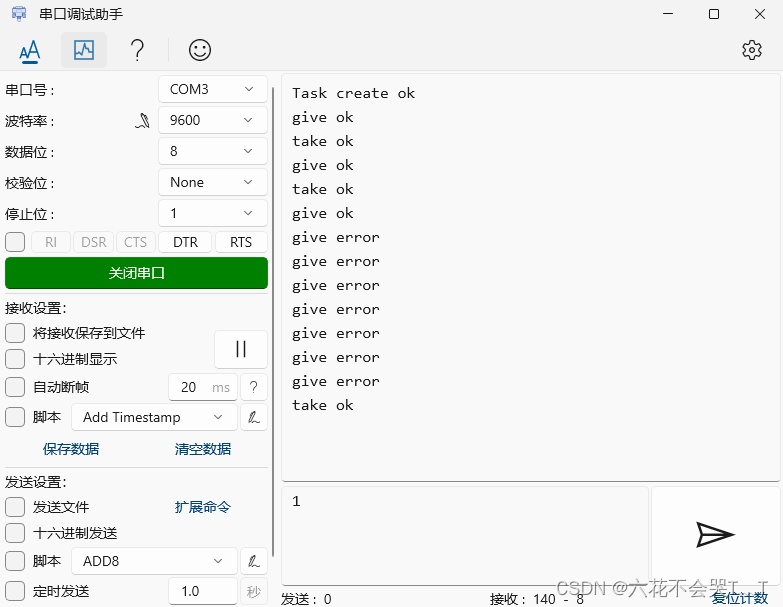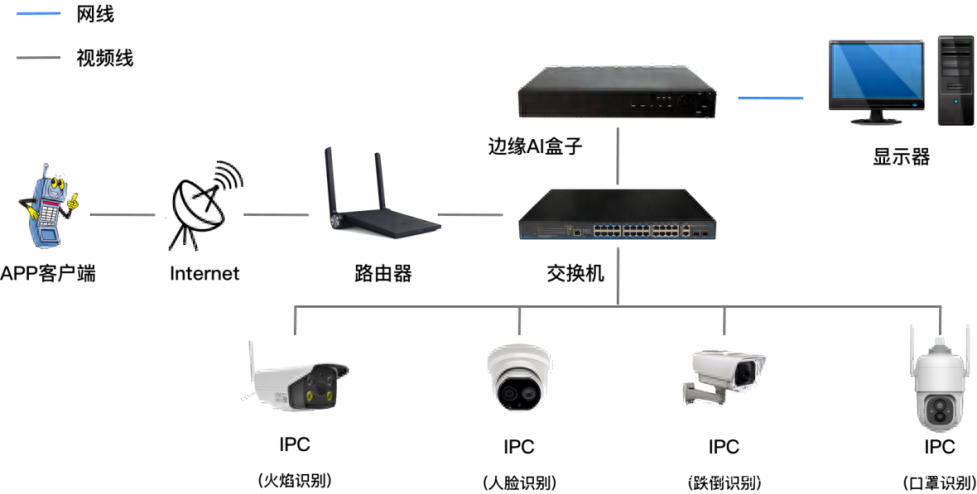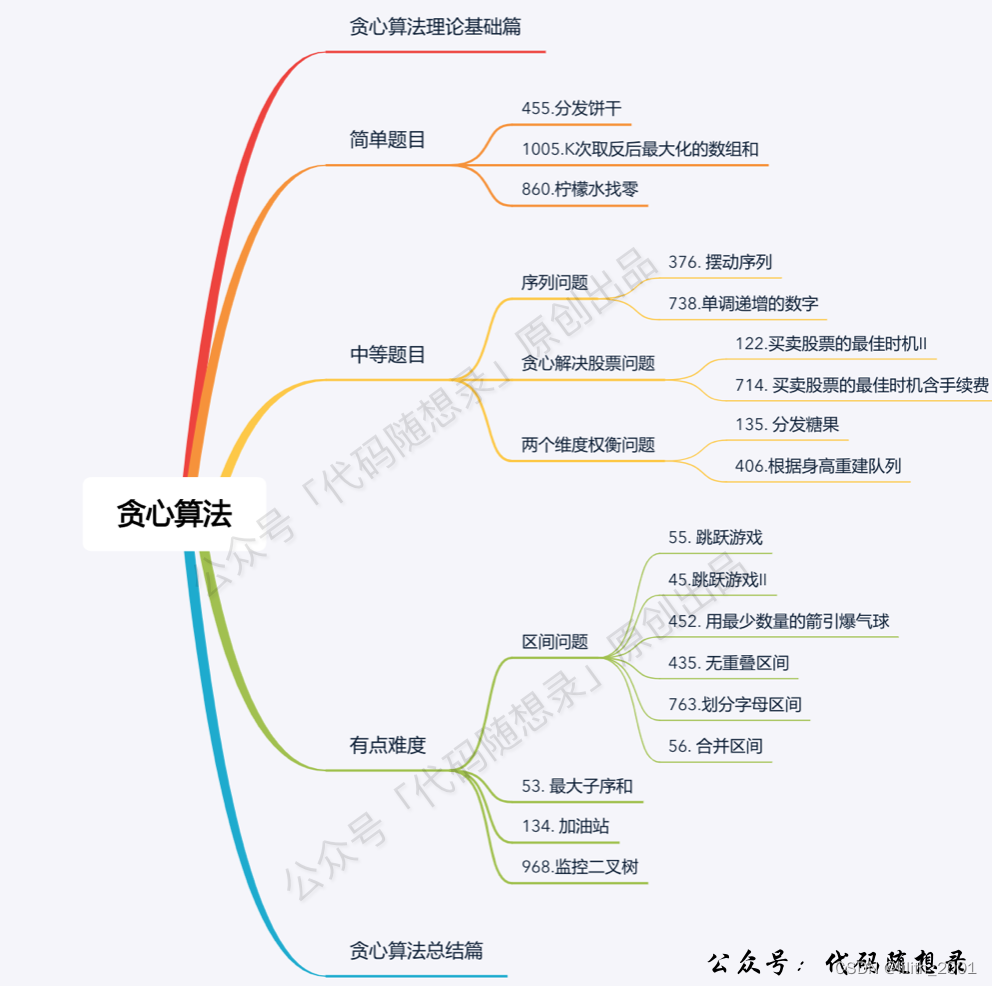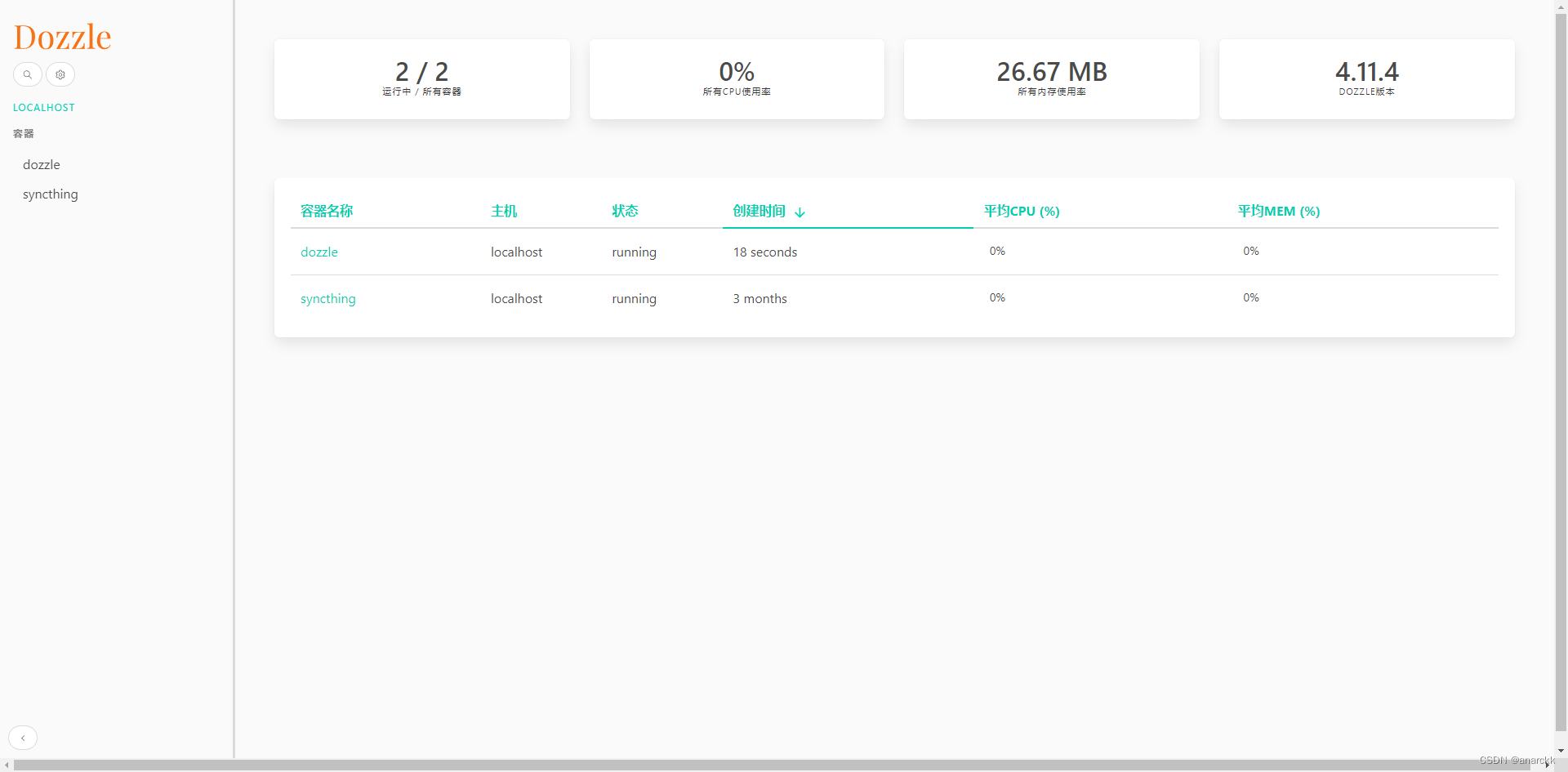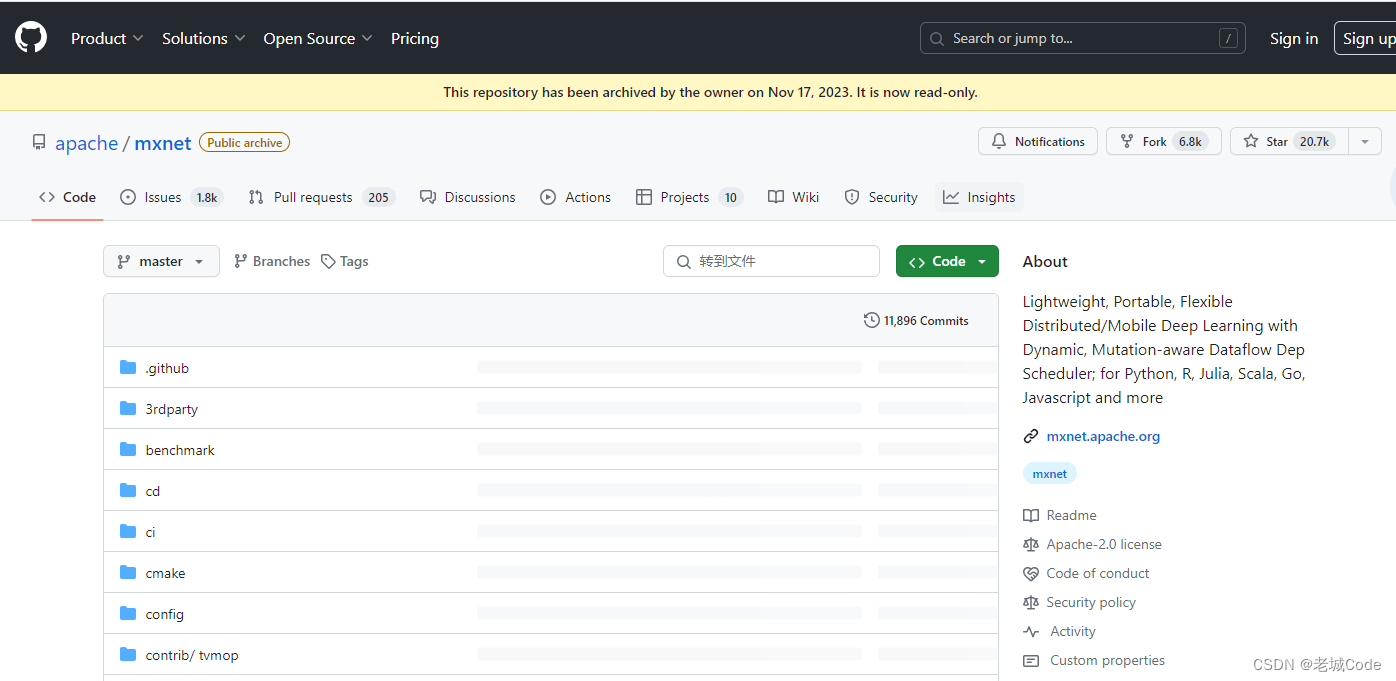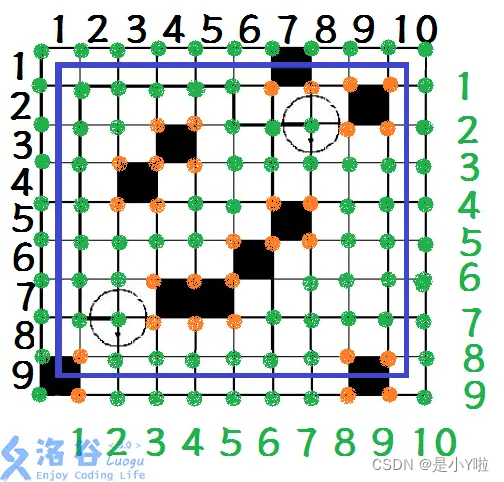头文件在C++20中是并发库技术规范(Technical Specification, TS)的一部分。信号量是同步原语,帮助控制多线程程序中对共享资源的访问。头文件提供了标准C++方式来使用信号量。
使用环境
Windows:VS中打开项目属性,修改C++语言标准。
Linux:GCC,版本至少应为10.1,编译命令中使用-std=c++20标志。
简单定义
你可以像这样创建一个信号量对象:
std::counting_semaphore<size_t> sem(1); // 用初始计数为1初始化一个信号量
std::counting_semaphore是一种允许指定数量的线程同时访问资源的信号量。在这个例子中,一次只有一个线程可以访问由sem保护的资源。
获取和释放
直接获取
要获取(锁定)信号量,你可以使用acquire方法:
sem.acquire();
// 关键段代码
sem.release();
acquire方法将信号量计数减一,有效地锁定它。release方法增加计数,释放信号量。
尝试获取
你也可以使用try_acquire方法来尝试获取信号量而不阻塞:
if (sem.try_acquire()) {
// 成功获取了信号量
// 关键段代码
sem.release();
} else {
// 信号量未被获取
}
带超时的等待
C++20还引入了try_acquire_for和try_acquire_until方法,以带超时的方式尝试获取信号量。
if (sem.try_acquire_for(std::chrono::seconds(1))) {
// 在1秒内成功获取了信号量
// 关键段代码
sem.release();
} else {
// 在1秒内未能获取信号量
}
信号量的类型
std::counting_semaphore
计数信号量是一种同步原语,允许多个线程在一定限制下访问共享资源。它是互斥锁或二进制信号量的泛化。
你可以用一个初始计数来初始化计数信号量,该计数代表可以同时无阻塞访问资源的线程数量。线程可以获取和释放计数,信号量的计数相应地增加或减少。如果线程尝试获取的计数超过了可用的数量,它将阻塞,直到计数变得可用。
// 展示如何使用counting_semaphore
#include <iostream>
#include <semaphore>
#include <thread>
using namespace std;
// 用3个计数初始化信号量
counting_semaphore<10> semaphore(3);
void worker(int id)
{
// 获取
semaphore.acquire();
// 执行一些工作
cout << "Thread " << id << " acquired the semaphore."
<< endl;
// 释放
semaphore.release();
cout << "Thread " << id << " released the semaphore."
<< endl;
}
int main()
{
thread t1(worker, 1);
thread t2(worker, 2);
thread t3(worker, 3);
t1.join();
t2.join();
t3.join();
return 0;
}
输出结果
Thread 2 acquired the semaphore.
Thread 2 released the semaphore.
Thread 1 acquired the semaphore.
Thread 1 released the semaphore.
Thread 3 acquired the semaphore.
Thread 3 released the semaphore.
std::binary_semaphore
二进制信号量是一种更简单的信号量版本,它只能有两个值:0和1。
通常用于两个线程之间的基本互斥或信号传递。可以被视为具有更轻量级接口的互斥锁。类似于mutex。
// 展示二进制信号量的用法
#include <iostream>
#include <semaphore>
#include <thread>
using namespace std;
// 用1个计数(二进制)初始化信号量
binary_semaphore semaphore(1);
void worker(int id)
{
// 获取信号量
semaphore.acquire();
cout << "Thread " << id << " acquired the semaphore."
<< endl;
// 执行一些工作
semaphore.release();
// 释放信号量
cout << "Thread " << id << " released the semaphore."
<< endl;
}
int main()
{
thread t1(worker, 1);
thread t2(worker, 2);
t1.join();
t2.join();
return 0;
}
输出结果
Thread 1 acquired the semaphore.
Thread 1 released the semaphore.
Thread 2 acquired the semaphore.
Thread 2 released the semaphore.
优点
信号量的优势如下:
- 精细控制:信号量可以配置为允许特定数量的线程同时访问资源,实现资源的精细控制。
- 通用性:信号量更加灵活多样,可以用来实现其他同步原语。
- 多资源管理:计数信号量可以用来管理多个资源实例,适用于需要控制对资源池(如线程池或连接池)访问的场景。
- 阻塞等待:信号量中的阻塞和等待机制允许线程等待直到资源再次可用。
- 超时处理:在获取信号量时可以指定超时,使其更加实用。
例子:生产者消费者问题
#include <iostream>
#include <semaphore>
#include <thread>
using namespace std;
const int buffer_size = 5;// 缓冲区大小
std::binary_semaphore b_mutex(1);
//容量为5 赋初值
std::counting_semaphore<buffer_size> b_full(0);
std::counting_semaphore<buffer_size> b_empty(5);
void Producer()
{
while (true)
{
b_empty.acquire();
b_mutex.acquire();
std::cout << "Producer\n";
b_mutex.release();
b_full.release();
//模拟生成过程
std::this_thread::sleep_for(std::chrono::seconds(2));
}
}
void Consumer()
{
while (true)
{
b_full.acquire();
b_mutex.acquire();
std::cout << "Consumer\n";
b_mutex.release();
b_empty.release();
//模拟消耗过程
std::this_thread::sleep_for(std::chrono::seconds(2));
}
}
int main()
{
thread t0(Producer);
thread t1(Producer);
thread t2(Consumer);
thread t3(Consumer);
t0.join();
t1.join();
t2.join();
t3.join();
}
关键组件
b_mutex:一个二进制信号量,用作互斥锁,保证在任何时刻只有一个线程可以操作缓冲区。这是为了防止多个生产者或消费者同时访问缓冲区,导致数据不一致的问题。
b_full:一个计数信号量,表示缓冲区中已填充的项数。初始化为0,因为一开始缓冲区是空的。
b_empty:另一个计数信号量,表示缓冲区中空闲位置的数量。初始化为缓冲区的大小,因为起初整个缓冲区都是空的。
生产者(Producer)
等待一个空闲位置(b_empty.acquire();),这表示生产者在缓冲区中找到了一个可以放置新生产项的位置。
获取互斥锁(b_mutex.acquire();),进行生产操作(这里通过打印"Producer"模拟),然后释放互斥锁(b_mutex.release();),这样其他线程(生产者或消费者)就可以访问缓冲区了。
生产完成后,释放一个已满位置的信号(b_full.release();),告知消费者缓冲区中有项可被消费。模拟生产过程中的延迟(std::this_thread::sleep_for(std::chrono::seconds(2));)。
消费者(Consumer)
等待一个已满位置(b_full.acquire();),这表示消费者在缓冲区中找到了一个可以消费的项。
获取互斥锁(b_mutex.acquire();),进行消费操作(这里通过打印"Consumer"模拟),然后释放互斥锁(b_mutex.release();),这样其他线程(生产者或消费者)就可以访问缓冲区了。
消费完成后,释放一个空闲位置的信号(b_empty.release();),告知生产者缓冲区中有位置可用于生产新的项。模拟消费过程中的延迟(std::this_thread::sleep_for(std::chrono::seconds(2));)。


